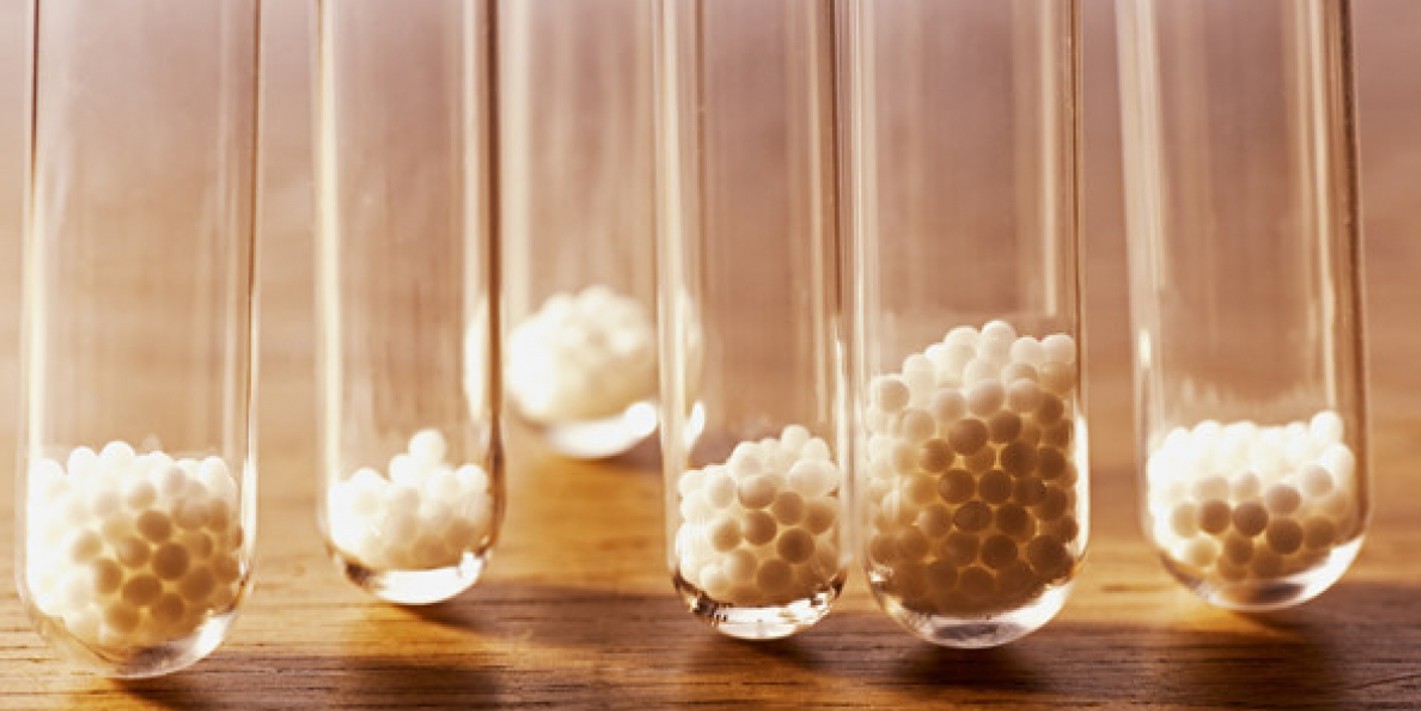Homeopathy
Why homeopathy is nonsense
VISIT any health shop and you are likely to see them: packages of homeopathic remedies … claiming to cure whatever ails you, from coughs and fever to insomnia and asthma. Flip the package of medicine, however, and you may be confused by the listed ingredients. Some claim to contain crushed bees, stinging nettles and even arsenic, as well as sugars such as lactose and sucrose. Americans alone spend some $3 billion a year on homeopathic medicines. What are they thinking?
Вернуться на Главную

The history of homeopathy – literally, “similar suffering” – dates back to the late 18th century. Samuel Hahnemann, a German doctor, was unimpressed by contemporary medicine, with good reason. Doctors used leeches to let blood and hot plasters to bring on blisters, which were then drained. In 1790, Hahnemann developed a fever that transformed his career. After swallowing powder from the bark of a cinchona tree, he saw his body temperature rise. Cinchona bark contains quinine, which was already known to treat malaria. Hahnemann considered the facts: cinchona seemed to give him a fever; fever is a symptom of malaria; and cinchona treats malaria. He then made an acrobatic leap of logic: medicines bring on the same symptoms in healthy people as they cure in sick ones. Find a substance that induces a symptom and it might be used to treat that symptom in another.
Hahnemann then decided that ingredients should be diluted and shaken repeatedly, a process called “potentiation”. The smaller the amount of the active ingredient, the more powerful the medicine would become, he believed. Homeopathic remedies use various bits of terminology to convey their supposedly potency. One common designation is “NC”, where C signifies that a substance is diluted by a ratio of 1:100 and N stands for the number of times the substance has been diluted. So a dilution of 200C would mean that one gram of a substance had been diluted within 100 grams of water, with the process repeated 200 times. At this dilution not a single molecule of the original substance remains when the water is used to make pills; most homeopathic pills thus consist entirely of sugar. However, the water and the pills are supposed to retain a “memory” of the original substance.
This is nonsense. Studying homeopathy is difficult, points out the world’s biggest funder of medical research, the US National Institutes of Health (NIH), because it is hard to examine the effects of a medicine when that medicine has little or no active ingredient. Researchers can neither confirm that the medicine contains what it claims to nor show the chemical effect of the diluted medicine within the body. The most comprehensive review of homeopathy was published in 2005 in the renowned medical journal The Lancet. Researchers compared trials of …



































